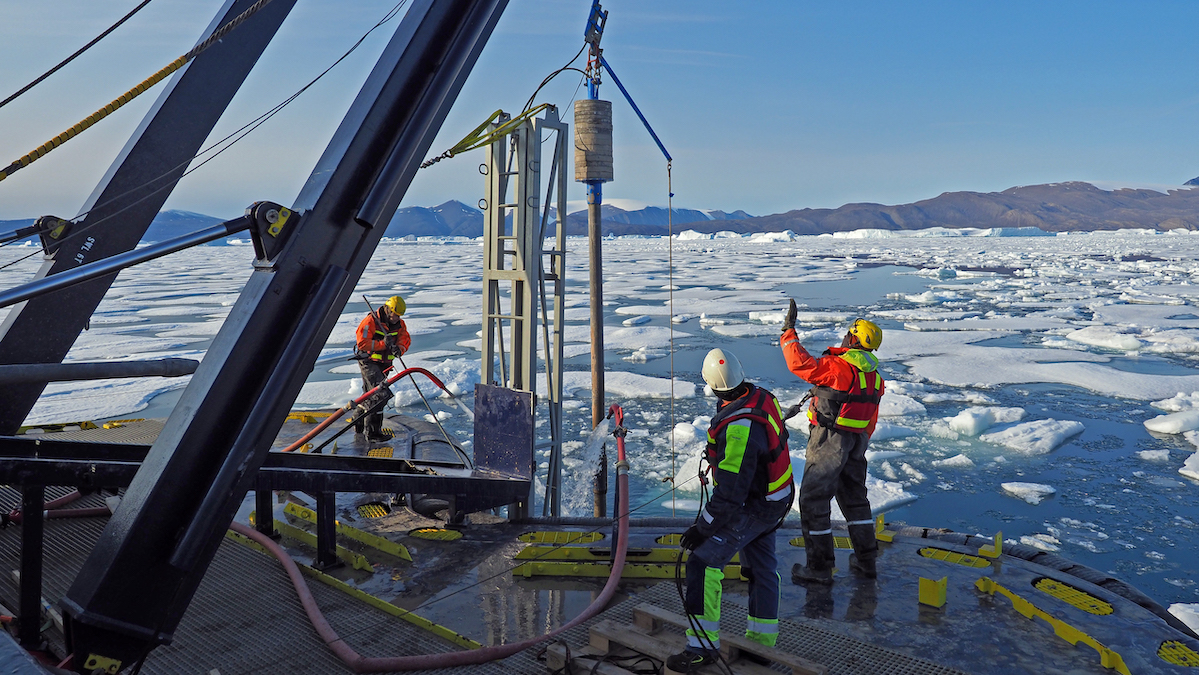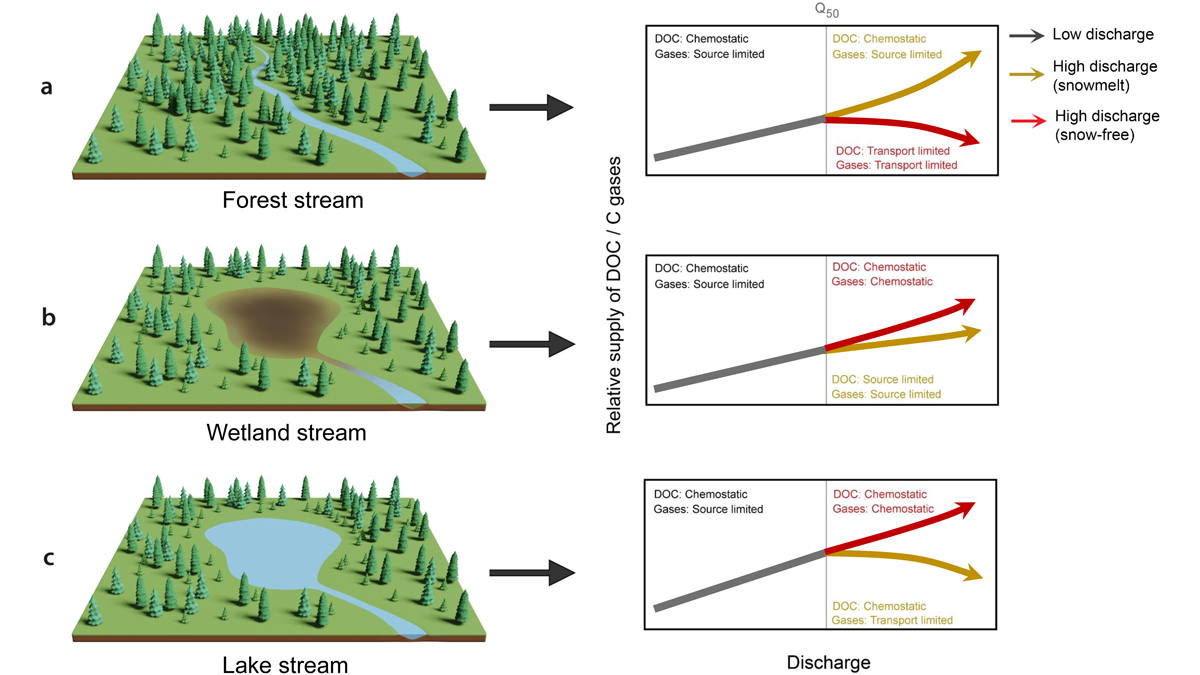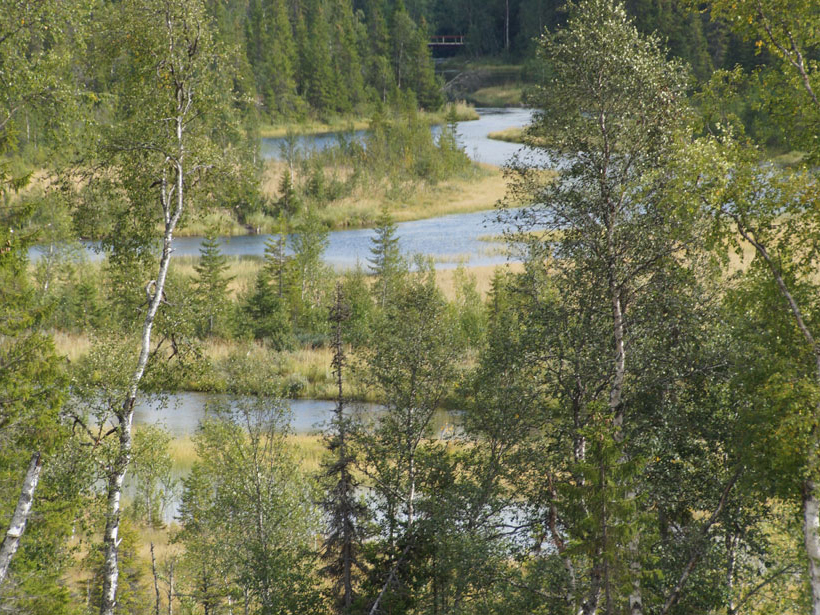Data collected aboard Oden will shed light on the dynamics of the Greenland Ice Sheet.
Sweden
The causes of the 23 September 2023 landslide at Stenungsund in Sweden
The Landslide Blog is written by Dave Petley, who is widely recognized as a world leader in the study and management of landslides. Late last week, the prosecutor investigating the 23 September 2023 landslide at Stenungsund in Sweden held a press conference to provide an update on his investigations into the accident. Loyal readers will […]
Ionospheric Fireworks Illuminate Auroral Science
A sounding rocket experiment set off a spectacular nighttime light show over Scandinavia as it produced new insights into ionospheric behavior near an aurora.
The role of potentially erroneous site investigation information in the E6 landslide at Stenungsund in Sweden
The Landslide Blog is written by Dave Petley, who is widely recognized as a world leader in the study and management of landslides. Back in September 2023, I posted about an interesting and very large landslide that had destroyed a section of a key road – the E6 motorway at Stenungsund in Sweden. At that […]
Adding Oxygen to a Lake to Explore Methane Emissions
A rare whole-lake experiment suggests that in some cases, low-oxygen conditions may have a smaller impact on methane release to the atmosphere than previously thought.
The 23 September 2023 landslide at Stenungsund in Sweden
The Landslide Blog is written by Dave Petley, who is widely recognized as a world leader in the study and management of landslides. On 23 September 2023 a very significant landslide occurred at Stenungsund in Sweden, causing extensive damage to a major road, the E6 motorway between Gothenburg and Oslo (across the border in Norway) […]
Hudiksvall – an interesting embankment failure that caused a train derailment in Sweden
120 people have been evacuated from a derailed train near Hudiksvall after heavy rainfall brought by Storm Hans caused embankment failure
Export of Different Carbon Types from a Boreal Catchment
Carbon export in boreal catchments depends on the landscape setting and differs for snowmelt and rainfall events.
Records and Risks of Legacy Phosphorus in Streams
A new study quantifies persistent phosphorus in a drainage basin in Sweden and points out risks and oversights to factor in to future stream management.
Organic Particles Affect Carbon Cycling in Boreal Waters
Dissolved organic carbon receives much of the focus in aquatic research, but a new study suggests that bulkier particulate matter may play a significant role in regulating carbon dioxide emissions.









